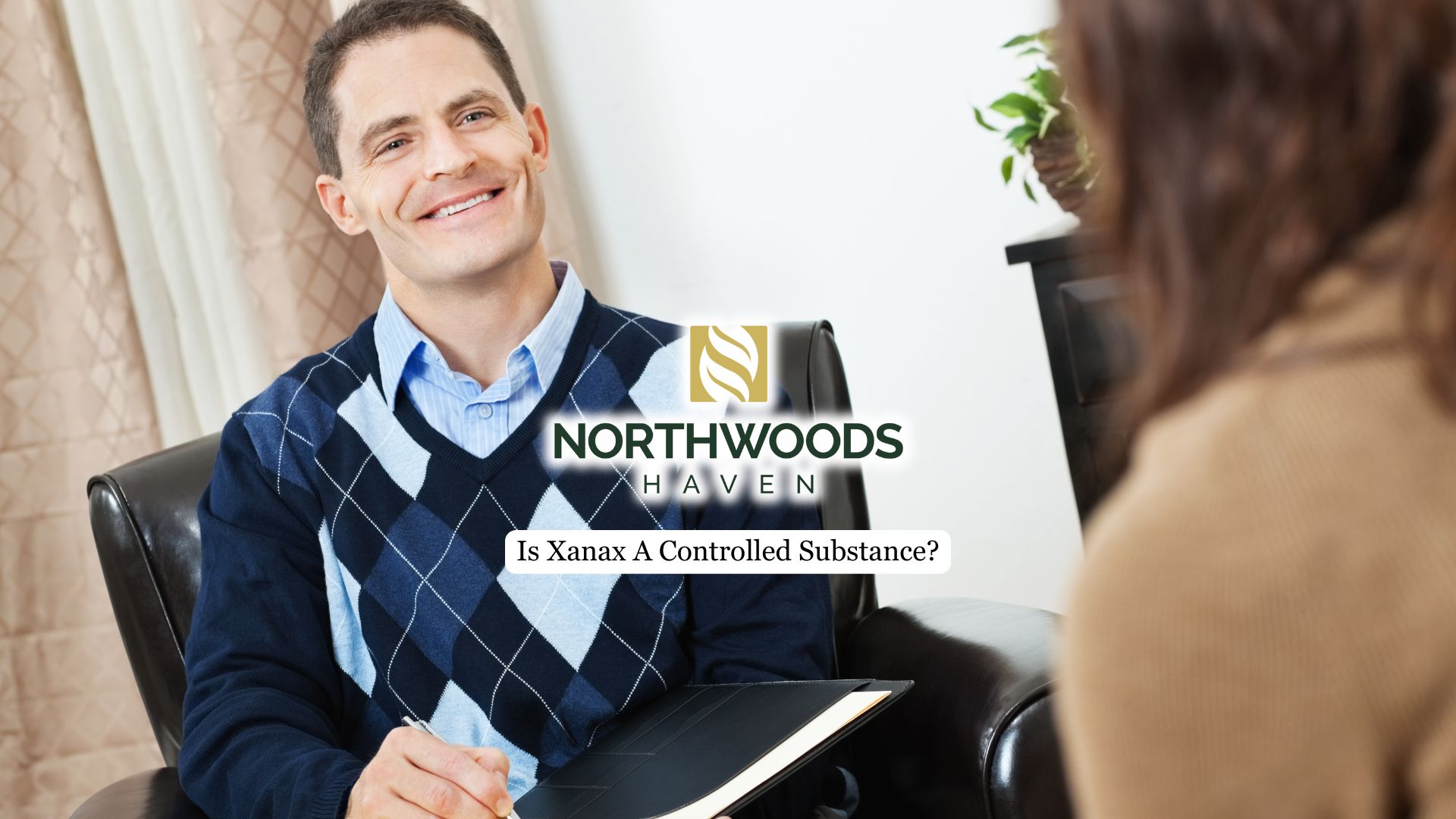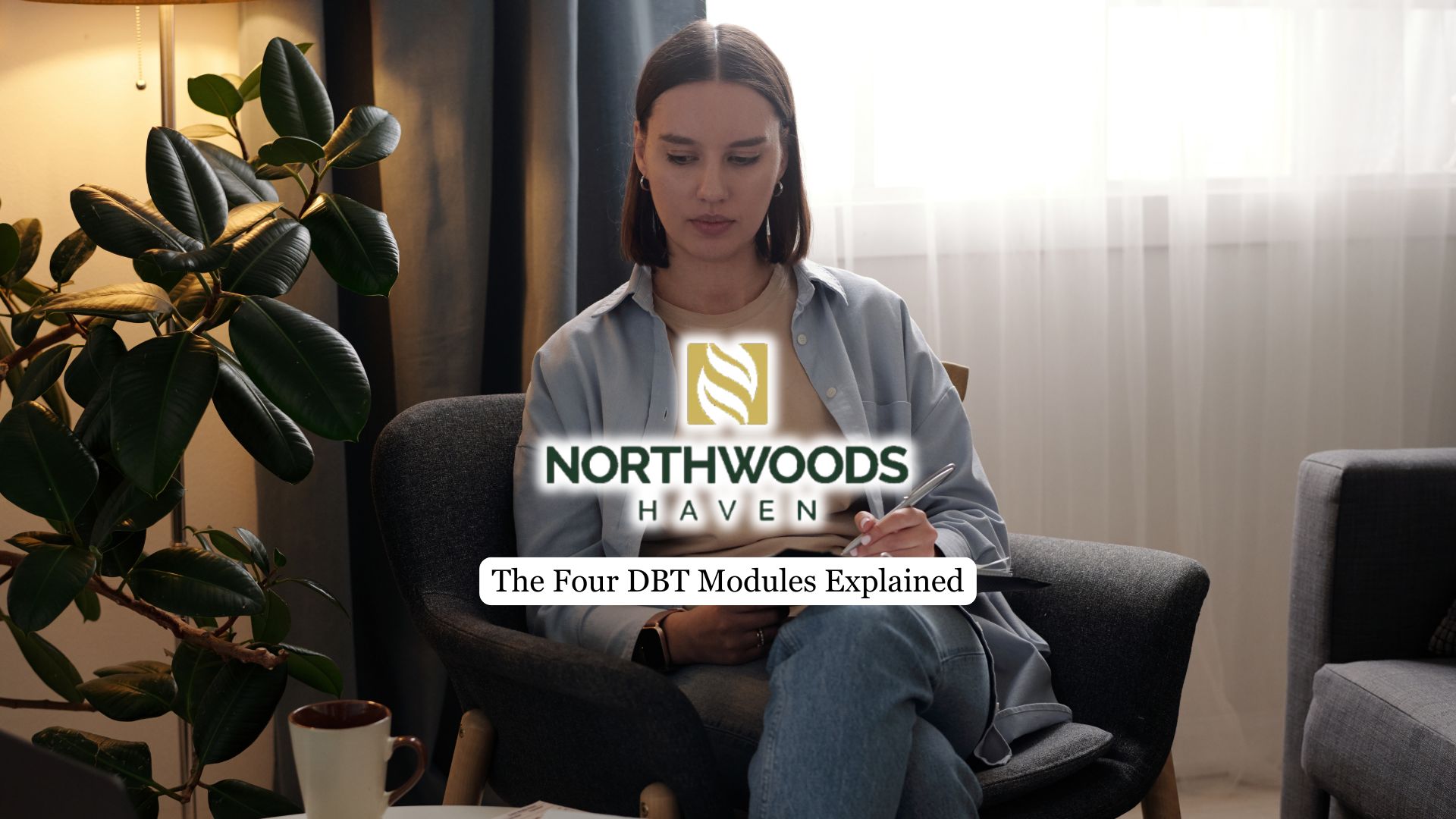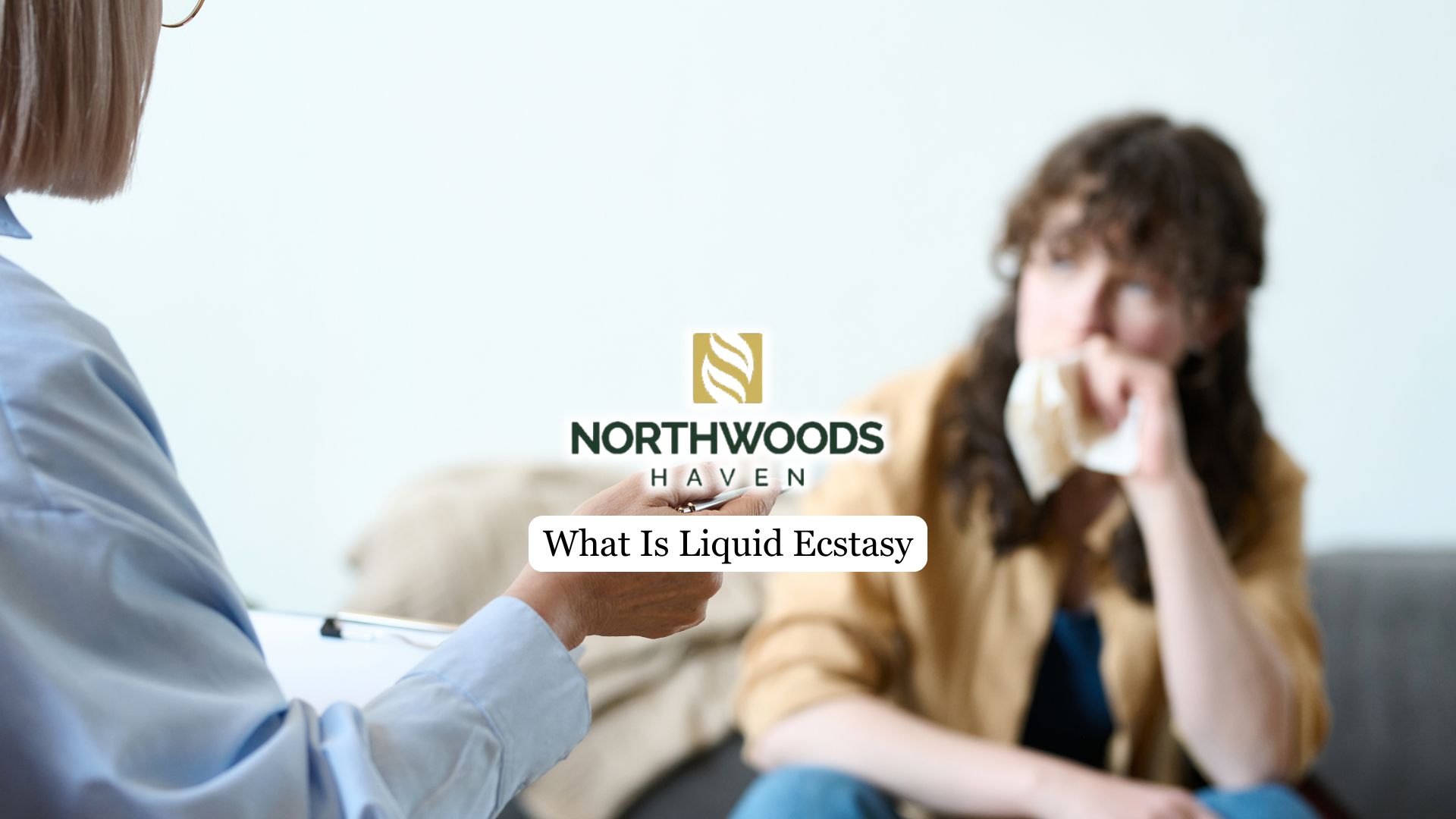Xanax is one of the most widely prescribed medications for anxiety and panic disorders in the United States. But while its therapeutic benefits are well recognized, Xanax is also classified as a controlled substance under federal law. This designation means that, despite its medical uses, the drug has the potential for misuse, dependence, and addiction.
Understanding why Xanax is regulated, what its Schedule IV status means, and how these controls impact both patients and prescribers is essential for anyone considering or currently using this medication.
What Is a Controlled Substance?
A controlled substance is any drug or chemical whose manufacture, possession, or use is regulated by a government due to its potential for abuse, addiction, or harm. In the United States, the Controlled Substances Act (CSA) of 1970 established a framework for categorizing drugs into five schedules based on their medical use, potential for abuse, and safety or risk of dependence. The schedules range from Schedule I (highest potential for abuse, no accepted medical use) to Schedule V (lowest potential for abuse).
Controlled substances can include both illegal drugs and prescription medications. The purpose of these regulations is to protect public health and safety by ensuring that medicines with abuse potential are only used appropriately and under medical supervision.
When you hear the term “controlled substance,” it refers to any drug or chemical regulated by the government due to its potential for abuse or dependence. Controlled substances include many types of prescription drugs, such as painkillers, stimulants, and anxiety medications.
These drugs are not freely available. You need a prescription from a licensed healthcare provider to obtain them legally. You will find that prescription drugs labeled as controlled substances are tracked at every step—from manufacturing to dispensing—making it harder for people to misuse or distribute them illegally.
Xanax’s Legal Classification
Xanax, the brand name for alprazolam, is a prescription medication most commonly used to treat anxiety and panic disorders. It belongs to the benzodiazepine class of drugs, which act as central nervous system depressants. This drug is recognized as one of the strongest benzodiazepines, particularly among those classified as high-potency, short-acting medications.
Legally, Xanax is classified as a Schedule IV controlled substance under the CSA in the United States. This means it is recognized as having legitimate medical use and a lower potential for abuse and dependence compared to drugs in Schedules I, II, or III. Schedule IV drugs, including Xanax, Ativan (Lorazepam), and Klonopin (clonazepam), are only available with a valid prescription from a licensed healthcare provider.
When you receive this prescription drug, you are dealing with a medication that is federally regulated due to its potential for abuse and dependence. That’s why, if you find yourself getting addicted to this medication, it is recommended to seek professional help. Our Xanax Addiction Program in Minneapolis addresses the physical dependence and the underlying causes of addiction through a comprehensive, personalized outpatient approach. Our program combines expert-guided medical supervision with evidence-based therapies that promote long-term recovery.
Why Is Xanax a Controlled Substance?
Xanax is a controlled substance primarily because of its potential for abuse, addiction, and dependence. While Schedule IV drugs are considered to have a lower risk compared to higher schedules, they are not risk-free.
Xanax can produce calming, euphoric effects, especially when taken in higher doses or not as prescribed. This makes it susceptible to misuse, both recreationally and as a means of self-medicating stress or anxiety.
Taking this drug puts you at risk of dependence. Even when used as directed, Xanax can lead to physical and psychological dependence. Regular use over time can result in tolerance, requiring higher doses to achieve the same effect, and withdrawal symptoms if the drug is stopped abruptly.
Alprazolam is widely available not only through legitimate prescriptions but also via illegal channels, including online black markets and street sales. This increases the risk of misuse and exposure to counterfeit or contaminated products.
Law enforcement agencies keep a close watch on this substance. If you are found possessing Xanax without a prescription, you could face legal penalties, underscoring its official status as a controlled substance.

Risks and Concerns with Xanax Use
While Xanax is effective for managing anxiety and panic disorders under medical supervision, its use carries several risks:
- Addiction: Prolonged or high-dose use can lead to addiction. Some signs of prescription drug abuse include doctor shopping or seeking prescriptions from multiple providers, neglecting responsibilities at work, school, or home, and withdrawing from social interactions.
- Withdrawal symptoms: Stopping Xanax suddenly can cause withdrawal symptoms such as anxiety, insomnia, tremors, and, in severe cases, seizures.
- Cognitive and psychological effects: Chronic abuse can result in depression, memory problems, confusion, and impaired judgment.
- Overdose risk: Taking Xanax in excess or mixing it with other depressants (like alcohol or opioids) can lead to dangerous respiratory depression, coma, or death.
Regulations and Prescription Rules
Due to its controlled status, strict regulations govern the prescription and dispensing of Xanax:
- Prescription validity: In the U.S., Xanax prescriptions are valid for only six months. Refills are limited to five times within this period.
- Medical supervision: Only licensed healthcare providers can prescribe Xanax, and they are required to assess the patient’s medical history and risk factors and monitor for signs of misuse or dependence.
- Pharmacy controls: Pharmacies must adhere to federal and state regulations when dispensing Xanax, including verifying prescriptions and tracking refills.
- Penalties for misuse: Using Xanax without a prescription, forging prescriptions, or distributing the drug illegally can result in severe legal penalties, including fines and imprisonment.
Safe Use and Medical Supervision
You should follow prescribing guidelines. Always take Xanax exactly as prescribed by your healthcare provider. Do not increase the dose, frequency, or duration without medical advice.
Avoid mixing it with other substances. Never combine this drug with alcohol, opioids, or other sedatives, as this dramatically increases the risk of overdose and adverse effects.
Patients taking this prescription drug should have regular check-ins with their healthcare provider to monitor for signs of dependence, side effects, and the effectiveness of treatment.
If you discontinue Xanax, you should do it gradually under medical supervision to avoid withdrawal symptoms.
Final Thoughts from Northwoods Haven Recovery
While Xanax can be an effective treatment for anxiety and panic disorders when prescribed and used appropriately, its status as a controlled substance means that its prescription and use are closely regulated.
At Northwoods Haven Recovery, we offer an Outpatient Treatment Program in Minneapolis, MN, that can help you maintain your daily responsibilities while receiving structured, evidence-based care to overcome Xanax addiction. We provide a supportive environment where healing and growth are possible. Our program features a blend of individual therapy, group counseling, and medication management, all tailored to address the unique challenges of prescription pill addiction while fostering emotional resilience and relapse prevention skills.



